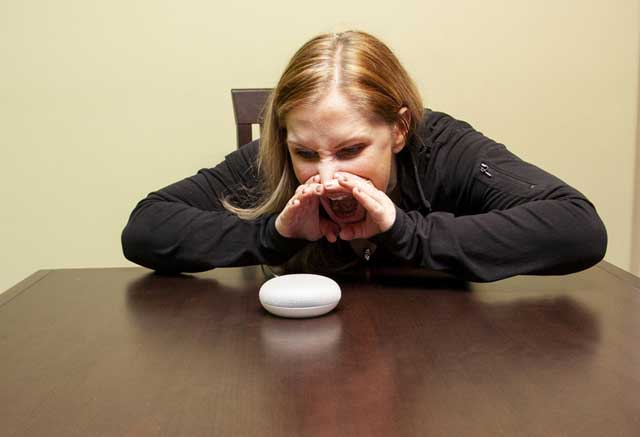
Rimettiamoci in sesto! Un’espressione tutta italiana dal sapore architettonico
Let’s get back on our feet! An all-Italian expression with an architectural flavor.
Rimettiamoci in sesto
A Colorful Italian Way to Say ‘Bounce Back’ — Born from Architecture
Cari amici della Matta, Oggi voglio parlarvi di una delle mie espressioni italiane preferite: “rimettersi in sesto”. L’avete mai sentita? Se siete mai stati stanchi, stressati, malati o un po’ giù di corda, vi sarà sicuramente capitato di dire (o sentire dire): “Ho bisogno di rimettermi in sesto!”
Today I want to talk to you about one of my favorite Italian expressions: “rimettersi in sesto.” Have you ever heard it? If you’ve ever been tired, stressed, sick, or feeling a bit down, you’ve probably said (or heard someone say): “Ho bisogno di rimettermi in sesto!” — “I need to get back on my feet!”
Ma vi siete mai chiesti da dove viene questa frase? E cosa significa esattamente “sesto” in questo contesto? Spoiler: non ha nulla a che vedere con il numero sei!
But have you ever wondered where this phrase comes from? And what exactly does “sesto” mean in this context? Spoiler alert: it has nothing to do with the number six!

Che cosa significa “rimettersi in sesto”?
What does “rimettersi in sesto” mean?:
Riprendersi dopo una malattia
To get back on one’s feet
Ritrovare il proprio equilibrio fisico o emotivo
To recover / to bounce back
Tornare in forma dopo un periodo difficile o stressante
To pull oneself together
Riorganizzarsi, mentalmente o anche praticamente
To get one’s act together

L’origine: un’espressione che viene dall’architettura
The Origin: An Expression Born from Architecture
La parola “sesto” in questa espressione ha origini architettoniche. Sì, avete capito bene!
The word “sesto” in this expression has architectural origins. Yes, you read that right!
Nel linguaggio tecnico dell’edilizia e dell’architettura, un “sesto” era il termine che indicava la curvatura geometrica di un arco ben proporzionato, stabile e in equilibrio.
In the technical language of construction and architecture, a “sesto” referred to the geometric curvature of a well-proportioned, stable, and balanced arch.

Si parlava, per esempio, di:
For example, people would talk about:
Sesto acuto (arco a punta)
Pointed Arch
Sesto ribassato (arco più schiacciato)
Flattened Arch
Sesto in asse (arco perfettamente equilibrato)
Perfectly balanced arch
Dunque, “essere in sesto” significava essere in equilibrio, ben regolati, stabili. Da qui, in senso figurato, rimettersi in sesto è come dire: ritrovare la propria forma e stabilità. Geniale, vero?
So, “essere in sesto” meant being in balance, properly aligned, and stable. From there, in a figurative sense, “rimettersi in sesto” means to get back into shape and regain one’s balance. Genius, isn’t it?

Come si usa nella lingua di tutti i giorni?
How is it used in everyday language?
È una frase versatile, usata spesso nel parlato, ed esprime benissimo quel bisogno di ricaricare le batterie e tornare ad essere la versione migliore di noi stessi.
It’s a versatile phrase, often used in spoken language, and it perfectly expresses that need to recharge our batteries and return to being the best version of ourselves.
Ecco alcuni esempi pratici:
Here are some practical examples
Dopo l’influenza, ci ho messo una settimana per rimettermi in sesto.
After the flu, it took me a week to get back on my feet.
Una bella dormita mi aiuterà a rimettermi in sesto!
A good night’s sleep will help me get back in shape!
Dopo quel lavoro stressante, ho proprio bisogno di rimettermi in sesto.
After that stressful job, I really need to recharge and get myself together.
Dopo la rottura con Giulia, Luca ha impiegato mesi a rimettersi in sesto.
After the breakup with Giulia, it took Luca months to recover.

Ci sono anche altri modi per esprimere un’idea simile:
There are also other ways to express a similar idea:
Rimettersi in carreggiata (tornare sulla buona strada)
to get back on track (literally: to get back in the lane)
Tirarsi su (sollevarsi moralmente o fisicamente)
to lift oneself up (morally or physically)
Riprendersi (più neutro)
to recover (more neutral)
Darsi una regolata (più ironico)
to pull oneself together (more ironic)
E ora… mettetevi in sesto con l’italiano!
And now… get yourself back in shape with Italian!
La bellezza della lingua italiana sta anche in queste piccole curiosità linguistiche, che ci portano indietro nel tempo e ci mostrano come il linguaggio sia legato alla cultura, all’arte e persino all’architettura!
The beauty of the Italian language lies in these little linguistic curiosities that take us back in time and show us how language is intertwined with culture, art, and even architecture!
🇮🇹 Un consiglio dalla Matta 🇮🇹
Matta Italian Language Tip!

Reflexive Verbs in Action!
“Rimettersi in sesto” is a perfect example of how reflexive verbs work in Italian—and why mastering them is essential for sounding natural and expressive!
In Italian, reflexive verbs show that the subject performs an action on themselves. You’ll recognize them by the “si” at the end of the infinitive form: mettersi (to put oneself), alzarsi (to get up), sentirsi (to feel), vestirsi (to get dressed). You conjugate them by adding reflexive pronouns (mi, ti, si, ci, vi, si) before the verb.
Let’s Break It Down: “Rimettersi in sesto”
ri- = again, mettere = to put, -si = reflexive: you’re doing it to yourself
in sesto = into balance, into good form
So when you say: “Devo rimettermi in sesto, you’re literally saying: “I need to put myself back into shape/order.”
It’s you doing the action to yourself, which is why the reflexive form mettersi is used—not just mettere.










